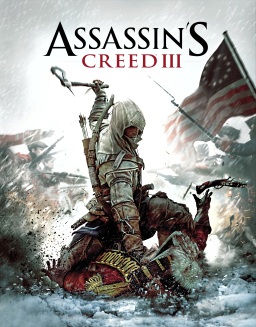Mind the Gap: A supernatural psychological thriller about a young woman caught in a coma. The writing is pretty sharp, but the plotting and pacing are a little too soapy for my tastes. Also has a ton of musical references I don't get. Still, it gets mad props for having a cast of strong female characters who push the story forward.
These covers are all kinds of awesome.
Manhattan Projects: This one is a pulpy alternative history where the Manhattan Project is just a cover for numerous top secret pulpy experiments. The cast consists of scientific giants like Oppenheimer, Feynman and Einstein, but each has been re-imagined as a fucked-up evil genius/mad scientist. The books are very entertaining, featuring frequent fights with robots, nazis, aliens, death buddhists, etc. but they aren't very endearing. I find it hard to sympathize with a cast of full-on villains. Also, while the minimalist covers are awesome, I'm not not a big fan of the actual art, with lines that feel messy and characters the seem intentionally ugly. I do like how they play with color and highlighting though.
Captain Marvel (By Kelly Sue DeConnick): This is Marvel's Captain Marvel. More specifically, it is Carol Danvers, formally known as Ms. Marvel and about a half a dozen other monikers. I read the first trade's worth of this comic and found it to be smartly written and beautifully drawn. I'm really not a big fan of time-travel narratives, but despite that, I had a pretty good time. Again, it gets major points for intelligent, powerful and believably flawed female characters.
Astro City: I really like the concept behind these comics; let's show a superhero universe from the perspectives of petty crooks, reporters and other average Joes. Let's explore who inhabits the world of a superhero, other than the superheroes themselves. It's right up my alley. Unfortunately, the characters introduced felt oddly flat, and the stories felt very average. We don't get to spend time to many of the characters introduced, which may account for part of the problem, but in general the plots were just unsurprising. Easier to put down than it should be.
Kind of a boring cover for a very vibrant and lively book.
Jim Henson's Tale of Sand: As you may expect, this tale from the master of muppets is kind of whacky. There is an interesting story behind the story here as well. It started out as a screenplay Jim wrote that never got made because it was too bizarre for the studio's tastes. After languishing for years, it finally got picked up and made into a graphic novel. Crisp art makes all the absurdity feel very real and enjoyable. There isn't much in the way of dialog of characterization, but delightfully zany stuff keeps happening.
Dames in the Atomic Age: A locally-produced book that is quite charming, about a detective and his best friend (a boxer) caught up in a crazy pulp sci-fi universe. Great use of 40's and 50's slang. This book is an odd counter point to Manhattan Projects, as almost all the protagonists are likable, but the stories don't feel as novel. You burn through a lot of tropes, but at the end of the day, the solutions are pretty predictable.
Gaiman's not at the very top of his game here,
but it's still well-worth a read.
Neil Gaiman's Book's of Magic: Neil Gaiman's story about Tim Hunter; a young boy with the potential become the greatest wizard the world has ever known. He is tutored by a bunch of trench coat wearing magi and occultists, including John "Hellblazer" Constantine. There are some similarities to Harry Potter, but unlike Harry Potter, Tim Hunter doesn''t do much of anything until the very end. He's there along for the ride, occasionally making kid-like noises and simple observations. The message about the dangers of magic, and the supernatural cattle-call of DC characters is diverting, but ultimately the book is a bit of a letdown.
My favorite series of all the ones I've started reading recently is Locke & Key, but that really deserves a post of its own, and it is coming, I promise! Have to finish another couple volumes first, though. I also recently splurged on Runaways volumes 1-9, so expect some verbiage on that relatively soon.














